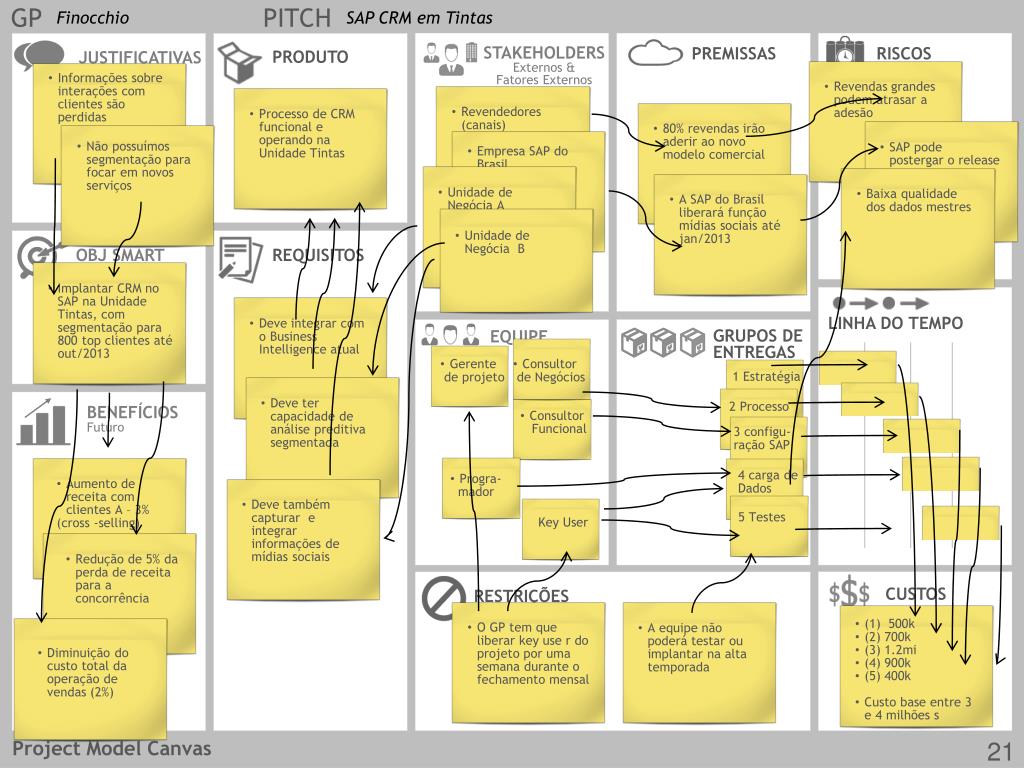

This geometric collage represents a product’s value proposition based on customer needs. What does the Value Proposition Canvas template consist of?Īt first glance, the VPC template consists of a large square on the left with a circle on the right. The VPC can be used whether you create a new product from scratch or need to improve an existing solution. It makes it easier to capture underlying issues related to customer needs and find potential solutions. This analysis’ purpose is to take us from problem to solution in an orderly, thoughtful manner. From this moment, it was termed the Value Proposition Canvas (VPC). To that end, Osterwalder proposed augmenting two fields in a separate template to isolate user needs and focus on them. While it is a practical aid for testing ideas and revealing flaws and risks your project may face, it lacks a clear customer focus.

He created a more encompassing tool known as the Business Model Canvas. The history of this tool began in 2004 when Dr Alexander Osterwalder presented his research on business models. Value Proposition Canvas – what is it?Ī value proposition canvas is a structure that helps match a product with the needs of users in the market. What is a VPC (Value Proposition Canvas), a unique value canvas? What elements does it consist of? And finally, what benefits will you gain from preparing and thoroughly analyzing the needs of your product’s audience? You will find out in the rest of this article. In a structured and visual way, it makes it easier to analyze, design, and select the right solutions for your users’ needs. If you’re a startup founder using the value proposition canvas, a practical solution prepared during the product workshop at the discovery stage is worthwhile. What do you need in that case? To start with, you need an understanding of what value your application creates in the customer’s life. Why is this so important? Because even if you have an excellent idea for a product, there is no guarantee that you will find users who will use it. When creating a new product, the primary goal is understanding the customer’s needs and finding ways to meet them.


 0 kommentar(er)
0 kommentar(er)
